
Amazon Web Services vs. Azure vs. Google Cloud in 2025
Are you confused about which cloud service provider to choose? The Amazon Web Services vs. Azure vs. Google Cloud comparison is about finding the best cloud provider for your business.
In this article, we will explore different aspects of AWS, Azure, and GCP, including their features and benefits.
Key Takeaways
-
Explore the leading cloud providers, AWS, [Azure], and Google Cloud, as well as their market share.
-
Understand the unique features and strengths of each cloud platform.
-
Compare the core services, including compute power and database options provided by AWS, Azure, and GCP.
-
Review the pricing models and cost management tools offered by the three cloud giants.
-
Examine the security measures, compliance standards, and industry-specific solutions.
History and Market Presence
-
Amazon Web Services (AWS) launched in 2006. It offered cloud computing to businesses as a pay-as-you-go service. It started with just a few basic services like storage and computation but quickly expanded.
-
AWS is currently the leader in the cloud market. It holds a 33% market share.
-
Microsoft Azure was introduced in 2010, initially called Windows Azure. It is the second-largest cloud provider. It aims to provide cloud services for computing, analytics, storage, and networking.
-
Microsoft Azure follows closely behind with a 24% market share in cloud infrastructure.
-
Google Cloud Platform (GCP) entered the market in 2011. While Google was running the search engine, its expansion was focused on large-scale computing solutions and data analytics.
-
GCP holds an 11% market share. It's popular among companies that rely on analytics and machine learning.
Comparison of Core Services
1. AWS Compute power
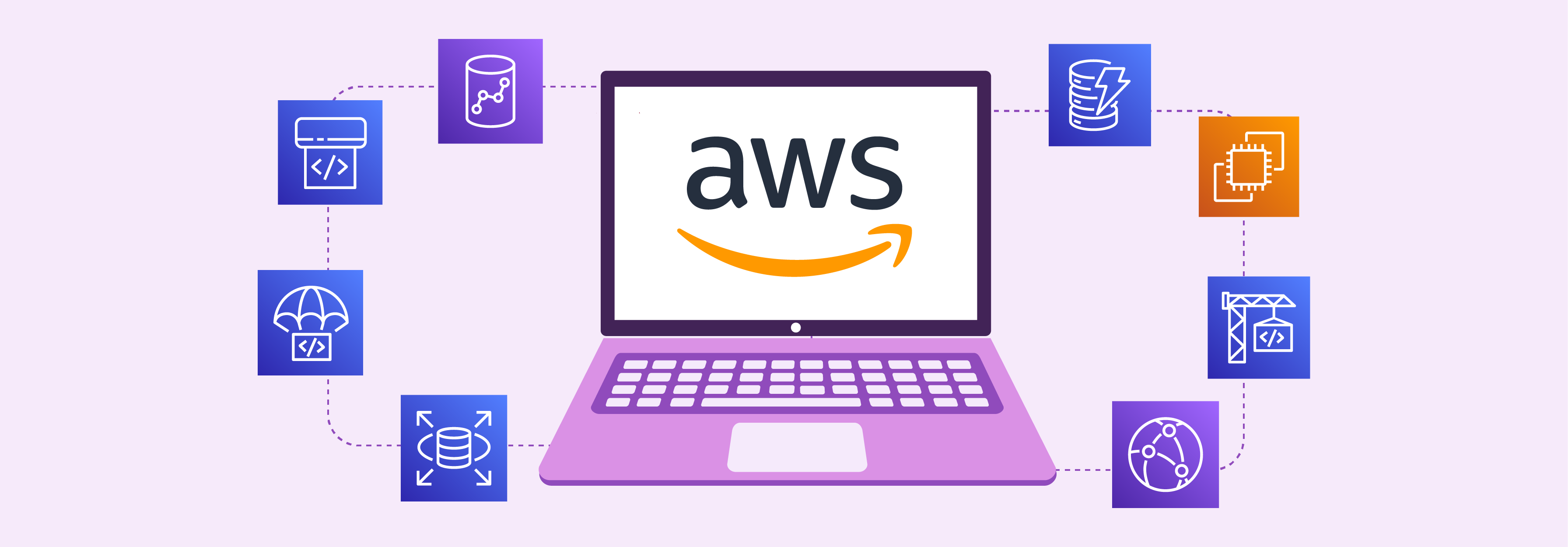
-
Elastic Compute Cloud (EC2) is a service that allows businesses to run virtual servers in the cloud.
-
You can select the amount of computing power and memory needed for your applications.
-
EC2 can scale up or down automatically, depending on your application. For example, you might need more power during busy hours and less at other times.
-
It's suitable for small to large web applications that handle millions of users.
-
AWS cloud consulting includes guidance on using various database services such as Amazon RDS for relational databases, DynamoDB for NoSQL solutions, and Redshift for data warehousing.
-
Amazon RDS allows you to launch a database with just an API call. You don’t need to worry about the underlying database setup.
-
DynamoDB can handle more than 10 trillion requests/day and can support peaks of 20 million requests/second.
-
Redshift allows you to share your data across Redshift clusters and with other AWS accounts.
-
AWS offers a suite of developer tools like AWS CodeBuild, CodeDeploy, and CodePipeline. These facilitate code integration and delivery.
-
Amazon CloudFront is a fast CDN service that securely delivers media, data, and APIs to customers globally. It is done with low latency and high transfer speeds.
2. Azure Compute Power
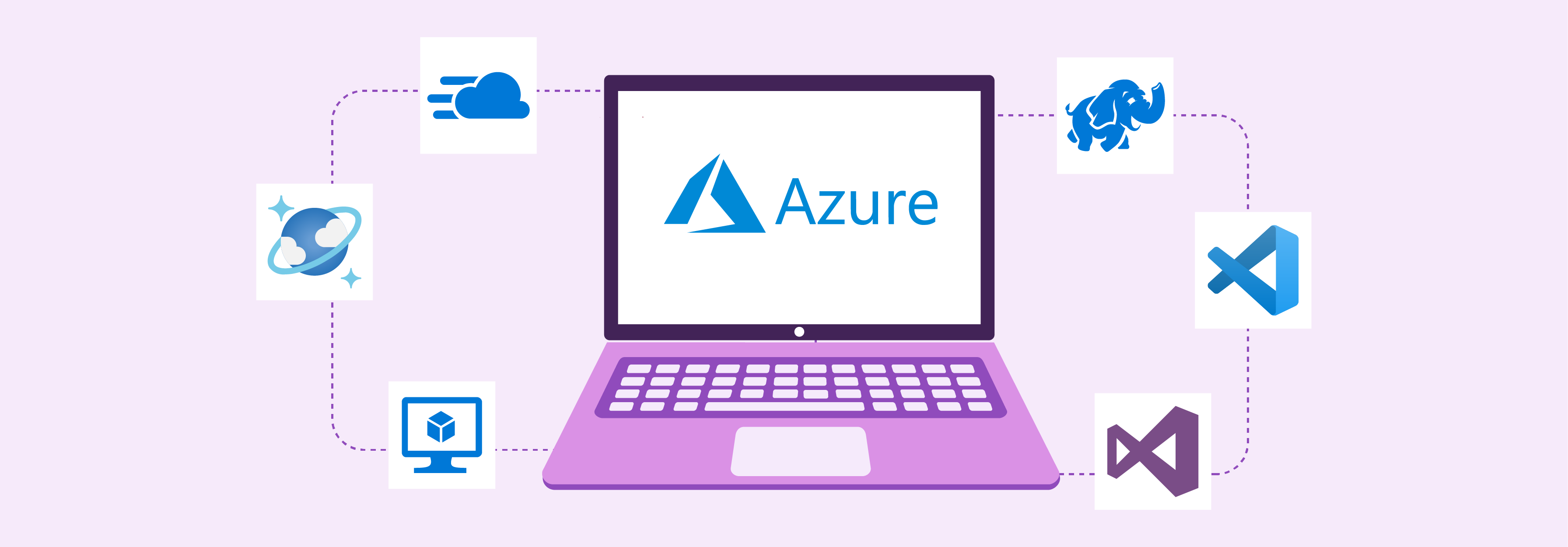
-
Virtual Machines (VMs) in Azure are on-demand, scalable cloud computing resources. They are similar to physical desktops but hosted in Azure's cloud.
-
Azure VMs offer the ability to scale your computational resources up or down.
-
Azure CDN leverages Microsoft's global network to deliver content efficiently. It offers strong integration with Azure services.
-
If your business uses Azure storage solutions, Azure CDN can automatically cache data and content from these services.
-
Azure HDInsight is a cloud-based service that processes big data in real-time. It is used to analyze customer data and optimize operational decisions.
-
Azure Cosmos DB provides a globally distributed, multi-model database service. It is used for managing data at scale.
-
Azure offers developer tools like Visual Studio and Visual Studio Code integration. It makes it a favorite for Windows and .NET developers.
3. Google Cloud Platform Compute Power
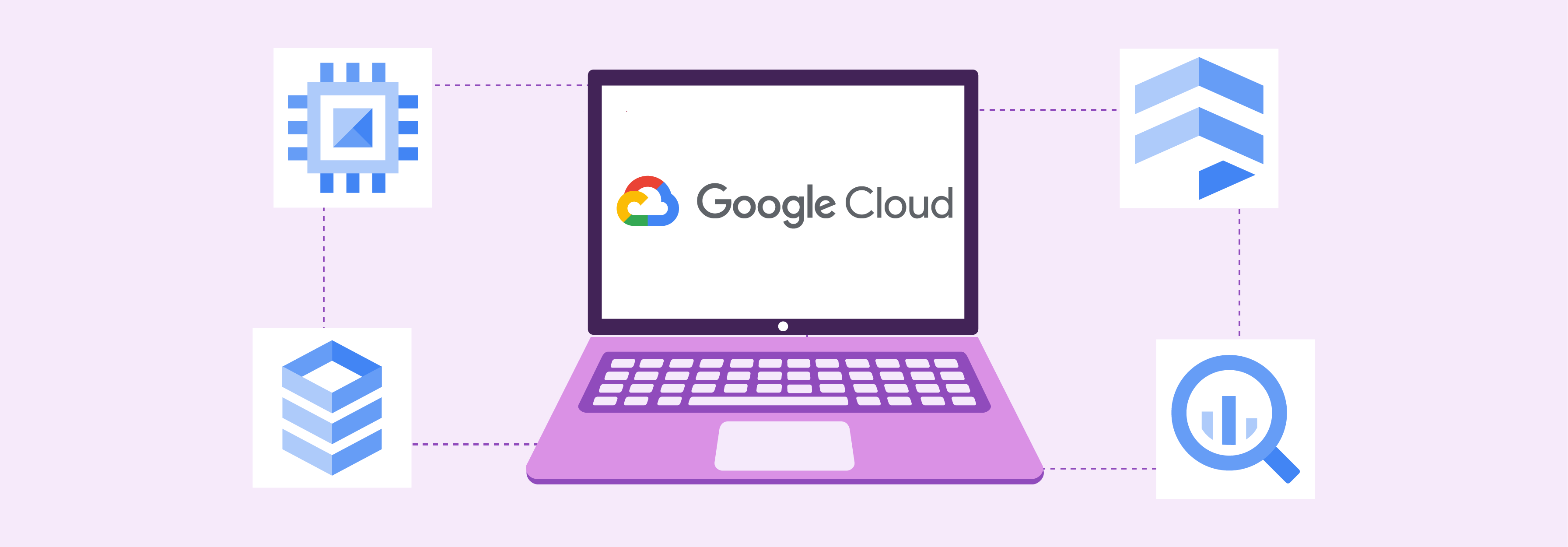
-
Compute Engine provides resizable compute capacity in the cloud. It allows you to spin up virtual machines as needed quickly.
-
One of the standout features of Compute Engine is its ability to perform live migrations of Virtual Machines.
-
If the hardware hosting your VM needs maintenance, Google can move your VM to another host without downtime.
-
Google Cloud’s database services are Cloud SQL for relational databases, Firestore for NoSQL document storage, and BigQuery for data warehousing.
-
GCP databases integrate well with advanced analytics, Google AI, and machine learning tools.
-
Cloud SQL scales smoothly to store more data and handle more queries without managing the infrastructure.
-
Firestore supports complex queries like filtering and sorting over multiple fields. It does this without lowering performance.
-
BigQuery can process terabytes of data in seconds and petabytes in minutes. It integrates with Google’s data analytics and machine learning tools.
Pricing Models Across AWS, Azure, and Google Cloud
| Cloud Platform | Pricing Model Overview | Key Features and Benefits |
|---|---|---|
| AWS | Pay-as-you-go for over 160 cloud services. Data transfer in is always free; data transfer out is charged per GB. | Pay only for what you use. No upfront costs or long-term contracts. Useful for startups and small businesses due to lower costs. |
| Azure Cloud | Pay-as-you-go with per-minute billing for computing resources. It comes with additional options like Enterprise Agreements. | Enterprise-friendly. Advantageous for businesses integrated with Microsoft software. Enterprise Agreement helps large companies save on bundled services. |
| Google Cloud | Similar to pay-as-you-go. It includes automatic discounts for the most used services in the month. | Sustained-use discounts are automatically applied. Less complexity in pricing structures compared to AWS and Azure. |
Managing Costs on Each Platform
-
Utilize the AWS Budgets and AWS Cost Explorer tools to track your spending and usage. AWS also provides the Trusted Advisor tool. It offers tips to optimize your AWS environment for cost savings and better performance.
-
Azure Cost Management and Billing tool is a solution that helps monitor, allocate, and optimize costs. Azure Advisor also provides personalized recommendations to reduce costs.
-
Google offers the Cloud Billing Report and Cost Management tools to monitor and control spending. Google's pricing calculator can also help forecast and manage costs effectively.
AWS vs Azure vs Google Cloud: Security Features
| Feature | AWS (Amazon Web Services) | Azure (Microsoft) | Google Cloud Platform (GCP) |
|---|---|---|---|
| Identity Management | AWS IAM lets you securely access AWS services and resources. | Azure Active Directory provides identity and access management for Microsoft products. It helps secure access to apps and data. | Cloud IAM allows fine-grained control over who can access specific resources. |
| Network Security | AWS VPC allows you to launch resources in an isolated virtual network that you define. It is done with security groups and network ACLs to control access. | Azure Virtual Network enables secure communication between resources and other networks. It is done with firewall and DDoS protection. | Google Cloud VPC provides networking features to Google Cloud resources. It includes firewall rules and route controls. |
| Data Encryption | AWS offers encryption for data at rest and in transit. | Azure offers encryption for data at rest and in transit using various methods. | Google Cloud encrypts data at rest by default and offers encryption for data in transit. |
| Threat Detection | AWS Shield) and WAF protect against DDoS and web attacks. Amazon Inspector provides automated security assessments. | Azure Security Center provides advanced threat protection across hybrid cloud environments. Azure Defender offers additional defense tools. | Google Cloud Armor provides tools to protect applications from threats like fraud and abuse. |
| Compliance and Certifications | AWS complies with ISO 27001, HIPAA, FedRAMP, and GDPR to protect data. | Azure maintains compliance with many certifications, such as ISO 27001, HIPAA, FedRAMP, and GDPR. | GCP meets several security standards, like ISO 27001, HIPAA, FedRAMP, and GDPR. |
AWS vs Azure vs GCP: Industry Adoption
| Cloud Provider | Industries Served | Reasons for Preference |
|---|---|---|
| AWS (Amazon Web Services) | Startups, Technology companies, Enterprises, E-commerce, Financial services, and Gaming | - Offers the broadest range of tools and services. - Suitable for industries scaling rapidly and needing quick innovation. - The global infrastructure reduces latency. It ensures high availability and performance. |
| Azure (Microsoft) | Government, Healthcare, Finance, and Enterprises that are already using Microsoft software | - It easily integrates Microsoft products like Office, SharePoint, and Dynamics. - Simplifies operations and reduces the learning curve for traditional enterprise sectors. |
| Google Cloud | Retail, Healthcare, Media companies, and industries requiring big data and analytics | - Provides advanced AI and data analytics tools. - Appeals to industries focused on innovation and data-driven decision-making. - Strong in machine learning and AI technologies. |
AWS vs. Azure vs GCP: Case Studies
1. Netflix

-
Netflix uses Amazon Web Services for almost all its operational needs. It includes computing, storage, databases, analytics, and video transcoding.
-
It is streamed across 192 countries simultaneously without performance issues.
-
Netflix uses Amazon S3 services to store billions of data objects in its digital library. It includes movies and TV series that are highly durable.
-
Amazon Kinesis enables Netflix to process and analyze large volumes of streaming data in real-time. It ensures data-driven decision-making.
-
Netflix uses Amazon Rekognition to analyze video content and provide personalized recommendations based on user viewing history.
2. Walmart

-
Walmart uses Microsoft Azure to enhance its retail operations and customer service. It uses Azure’s machine learning and AI to understand customer preferences and optimize inventory.
-
Services like Azure Data Lake help Walmart store and analyze petabyte-size files and trillions of objects.
-
Walmart is building a global IoT platform on Azure for applications like connecting HVAC and refrigeration units in stores. It is to reduce energy usage and apply machine learning for supply chain routing.
-
Walmart is also using large language models from Azure OpenAI Service, with its data, to power new AI features.
-
Azure also provides the infrastructure to handle the massive amount of data generated by Walmart.
3. Twitter (Currently X)

-
Twitter uses several GCP services to handle its massive data processing and performance.
-
Google Cloud Pub/Sub provides real-time messaging services. It allows Twitter to distribute event data, such as tweets and notifications, efficiently.
-
Twitter uses Tensorflow on Google Cloud AI for machine learning tasks. These include recommendations and content moderation.
-
Twitter uses BigQuery as the anchoring service for the ingestion and extraction of valuable insights from its data. BigQuery enables Twitter to go from hypothesizing to action quickly.
-
Twitter also uses Google Dataflow, a fully managed streaming analytics service. It is used to enhance productivity by reducing time spent on manual tasks for scaling.
Hybrid Cloud and Multi-Cloud Configurations
1. AWS
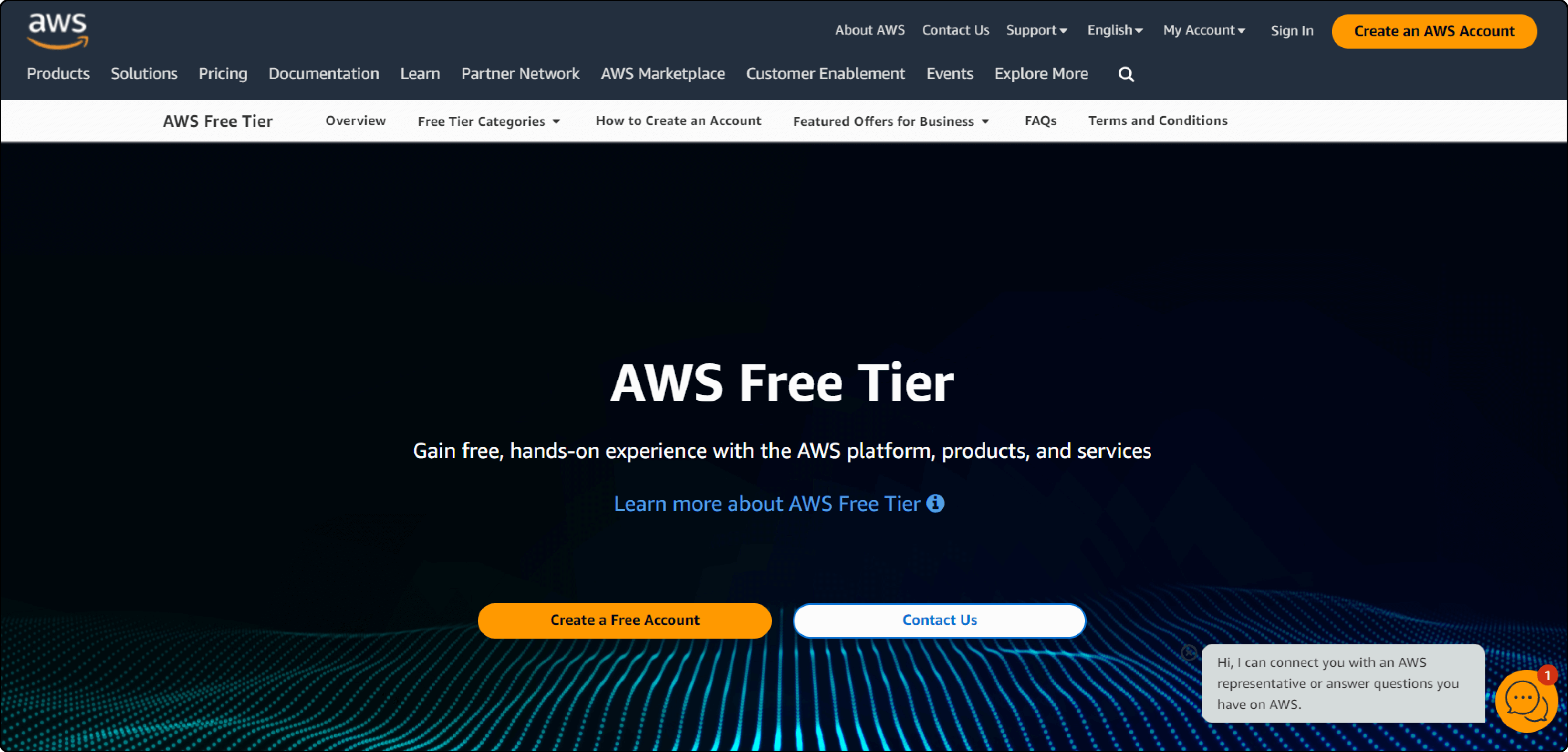
-
AWS Outposts brings its infrastructure, services, APIs, and tools to virtually any data center. It's like having a mini-AWS region in your server room. It makes it easier to manage applications that require low-latency access.
-
With Virtual Private Cloud, you can have a separate section of the AWS cloud. It is where you can launch AWS resources in a virtual network of your choice.
-
This setup is to integrate with your on-premises environments through AWS Direct Connect easily. It provides secure connections between on-premises networks and your AWS resources.
-
AWS provides multi-cloud architecture by offering services that manage and secure cloud environments. Tools like AWS Control Tower and AWS Security Hub provide centralized control and security across your cloud platforms.
-
AWS Control Tower lets users manage multiple accounts in the same environment. AWS Security Hub handles operations to protect your AWS resources from misconfiguration.
2. Microsoft Azure
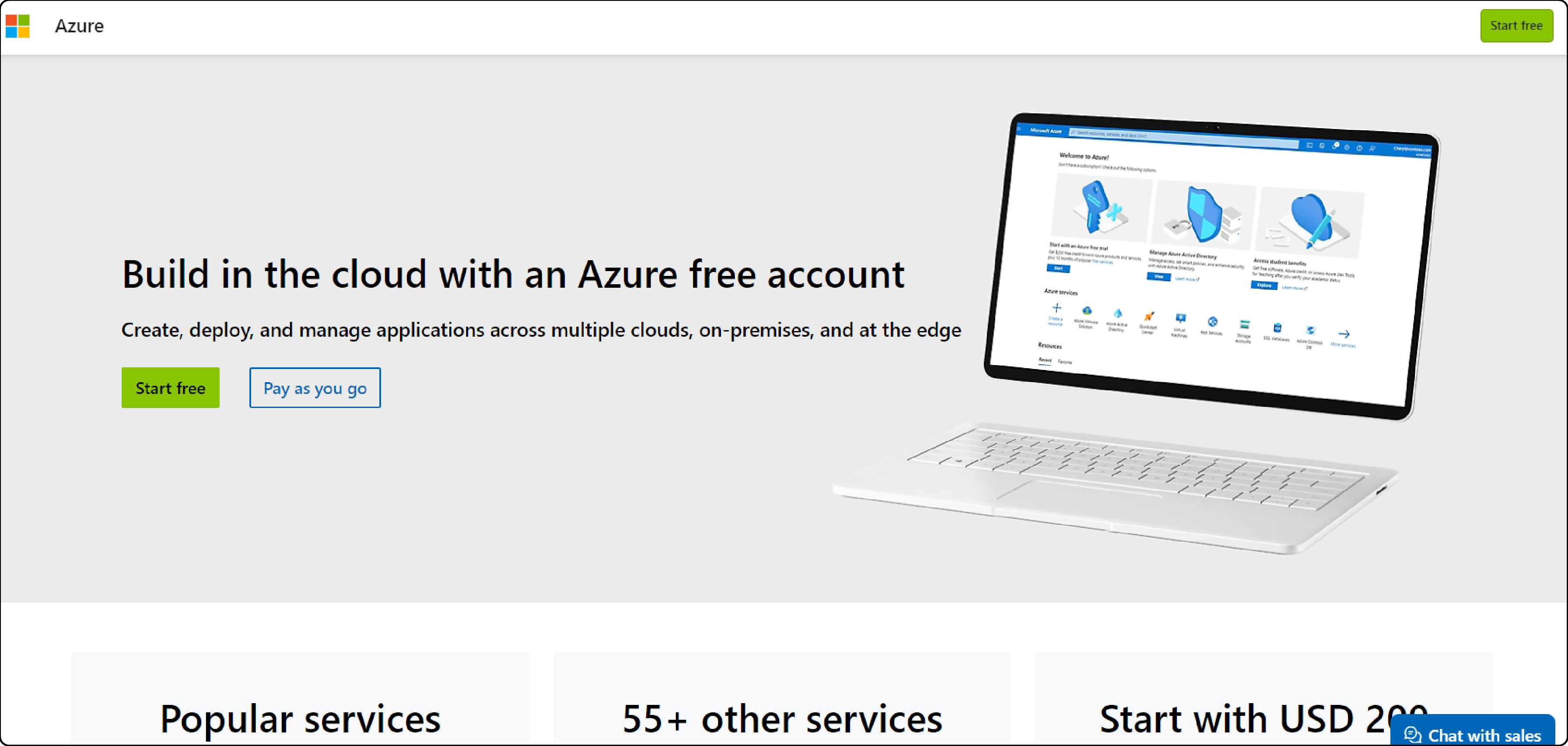
-
Azure cloud solutions are strong in hybrid deployments. This is largely due to its easy integration with Microsoft technologies.
-
Azure Stack is a portfolio of products that can bring Azure services to your edge locations, data centers, or offices.
-
It is useful in scenarios when you need to process data locally and manage hybrid applications.
-
Azure promotes multi-cloud strategies through Azure Arc. The service makes it easier to control all your servers, no matter where they are located.
-
It means that you don’t have to switch between different systems to monitor your operations.
-
With Azure Arc, developers can build and deploy applications in the same way. They can write an application once and deploy it anywhere, which saves time.
3. Google Cloud Platform
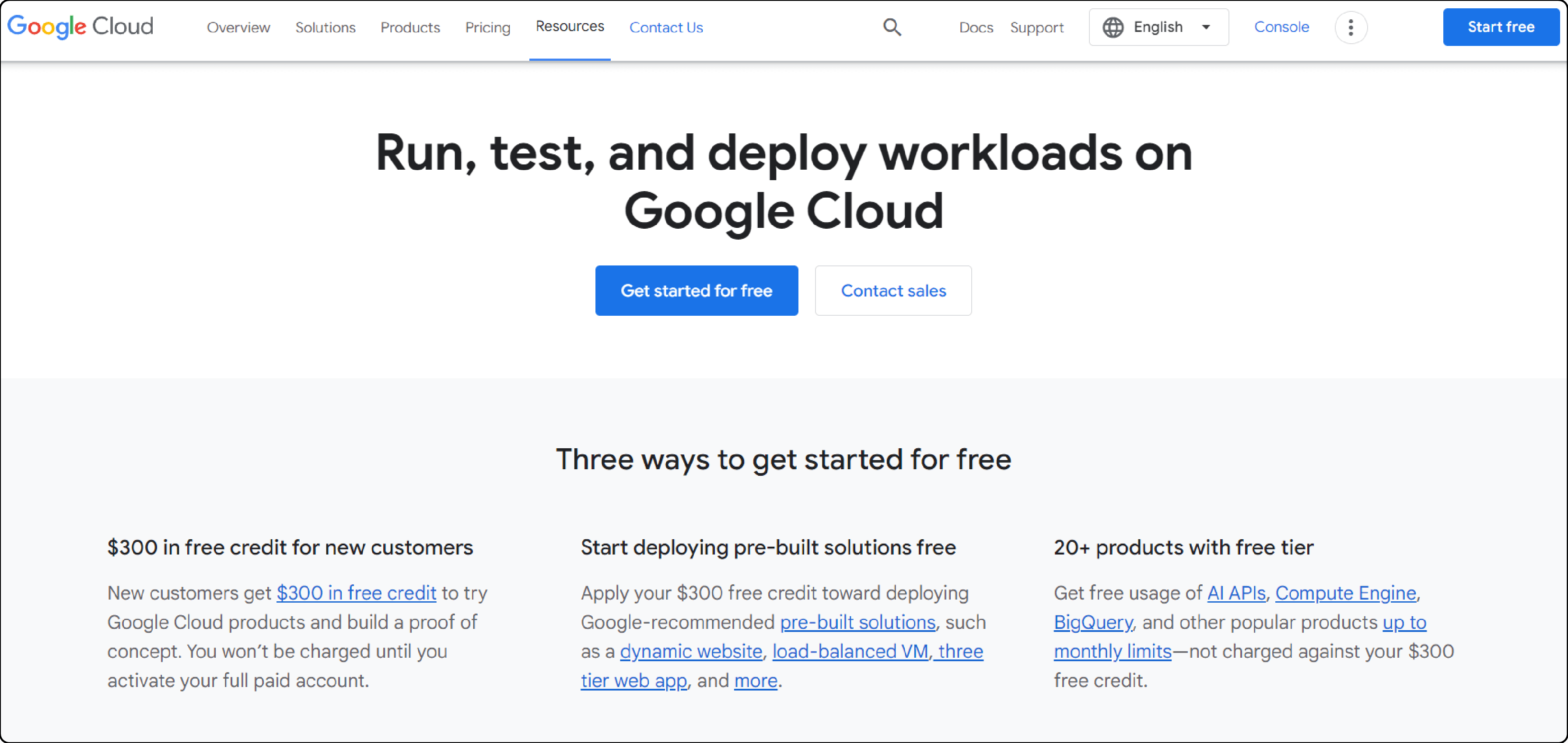
-
Google Cloud offers Anthos, a modern hybrid and multi-cloud platform. The Google Kubernetes engine powers it. It allows businesses to update their old applications, create new ones, and operate them from anywhere they choose.
-
Anthos can be run on Google Cloud or other clouds like AWS and Azure.
-
Anthos reduces security vulnerabilities by using guardrails and defense-in-depth security strategies. It does this while adhering to governance and compliance requirements.
-
It automates the everyday tasks of managing the platform. It also enables organizations to iterate and get new features to customers faster using cloud-native technologies.
-
Anthos Migrate takes your existing VM-based applications and intelligently converts them to run in containers.
-
Google Cloud's approach to multi-cloud is about unifying the management, developer experience, and security posture. It is where Anthos plays a major role.
FAQ
1. What are the three cloud providers that lead the public cloud market?
The three leading cloud providers in the public cloud market are AWS, Microsoft Azure, and Google Cloud Platform.
2. How does Azure compare to AWS in terms of market presence and cloud computing services?
Azure is the second-largest cloud provider after AWS. It offers a wide range of services, including Platform as a Service and Infrastructure as a Service.
3. What unique cloud computing platforms does Google Cloud offer that is distinct from AWS and Azure?
Google Cloud Platform offers BigQuery and Google Kubernetes Engin. It highlights its strengths in big data analytics and container management. It differentiates it from similar services by AWS and Azure.
4. When choosing the right cloud provider, what should be considered regarding AWS, Azure, and Google Cloud?
When selecting a cloud provider, consider each platform's range of cloud services, pricing structures, and specific features. It could be hybrid cloud deployments and global infrastructure.
5. Which cloud platform offers extensive object storage solutions, and how do they compare among the top cloud providers?
AWS provides Amazon S3 for object storage, Azure offers Azure Blob Storage, and Google Cloud has Google Cloud Storage. AWS leads with more integrated features and a mature ecosystem.
Summary
The comparison of Amazon Web Services vs Azure vs Google Cloud is made to find a suitable cloud provider for any ecommerce business. The article explains the features, configurations, pricing models, and core services of the three cloud providers. Here are a few important pointers:
-
Market Leadership: AWS leads with a 33% market share, Azure holds 24%, and Google Cloud with an 11% share.
-
Core Services: AWS excels in scalability, Azure is for big data solutions, and Google Cloud offers advanced data processing.
-
Pricing Flexibility: AWS supports startups with a pay-as-you-go model, Azure benefits large companies with Enterprise Agreements, and Google Cloud offers automatic discounts.
-
Security and Compliance: All providers offer robust security features and comply with major regulatory standards to ensure data safety.
-
Real-World Applications: Netflix utilizes AWS for streaming, Walmart uses Azure for retail analytics, and Twitter employs Google Cloud for data management.
Pick a managed Magento hosting provider with integrated cloud services to scale your business effectively.



